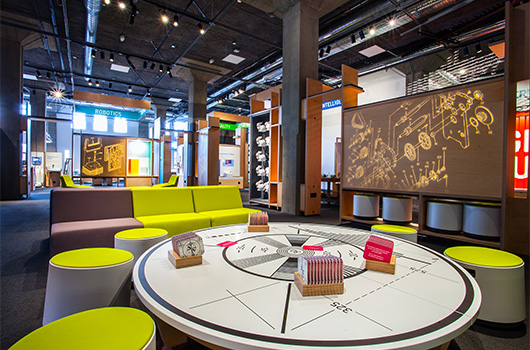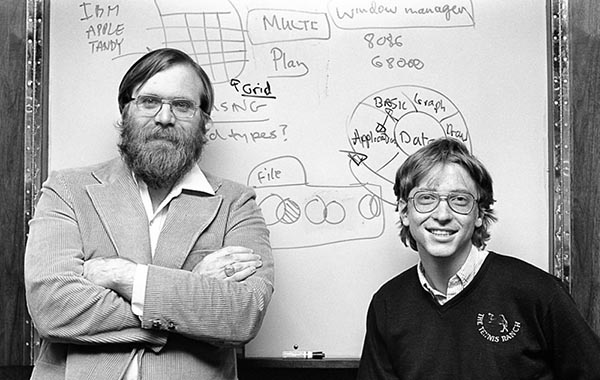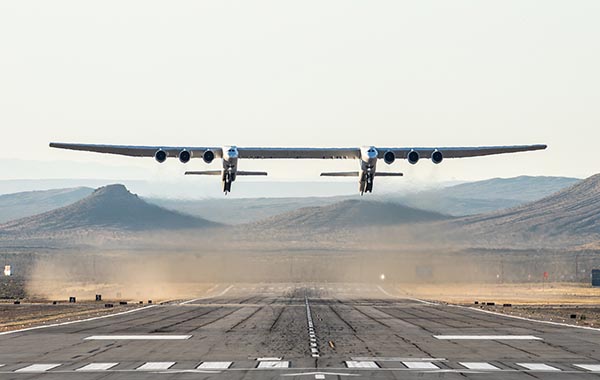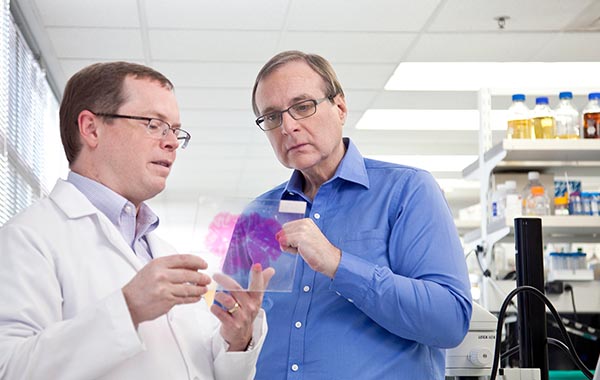Museums
.jpg)
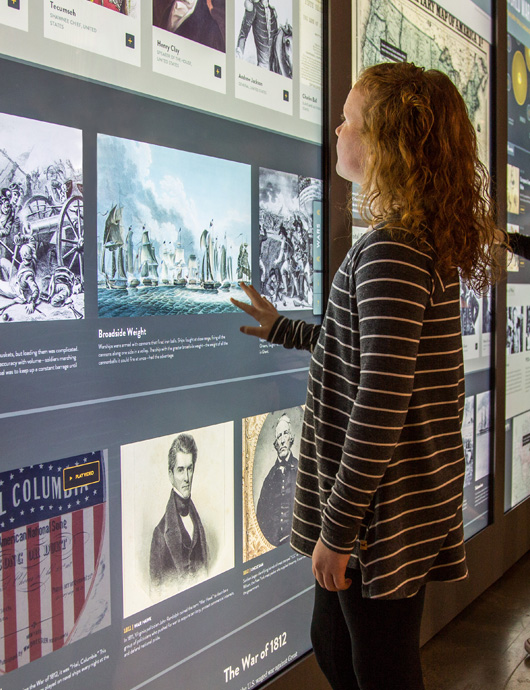
Paul was always interested in igniting people’s curiosity and inspiring the next generation of entrepreneurs, creatives, or visionaries. But he knew before people could become innovators themselves, they might need opportunities to discover what they’re passionate about or access to stories and objects or treasures that can ignite a spark of curiosity. And so, over his lifetime, Paul created places that redefined what a “museum” is.
The Flying Heritage Collection hangar at Paine Field in Everett, Washington.
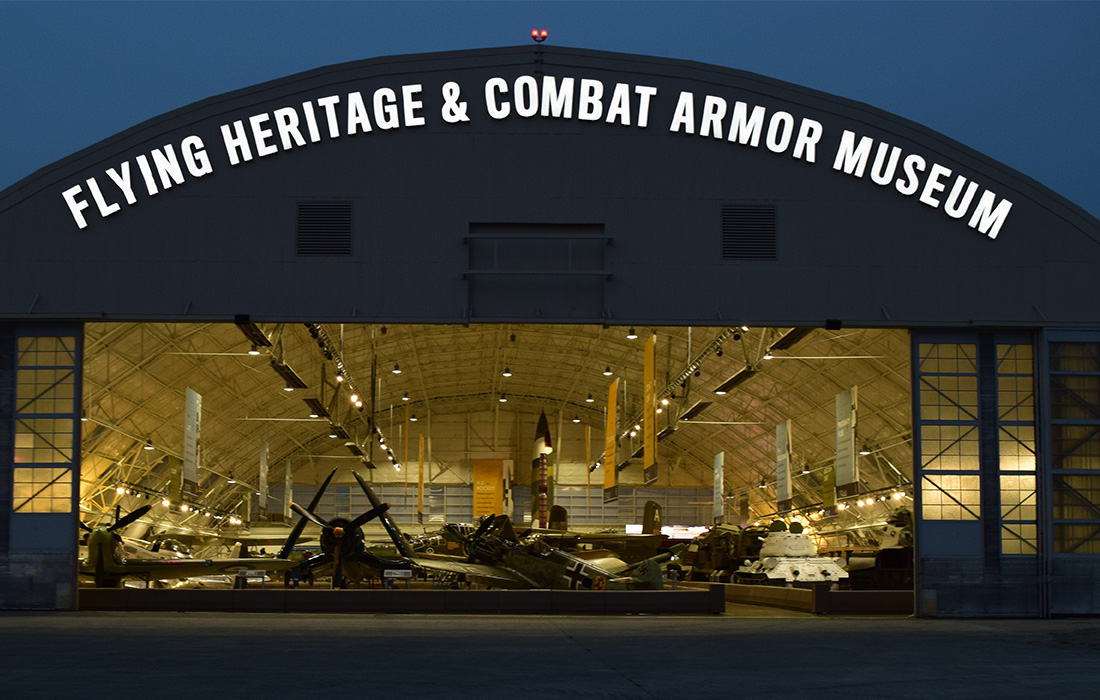
The Flying Heritage Collection hangar at Paine Field in Everett, Washington.
Instead of being a place where artifacts sit on shelves collecting dust while visitors whisper in hushed tones with their hands at their sides, he created places where engines could roar, buttons could be pushed, and guitars could be played. Hands-on learning and inspiration engage both the mind and the heart.
Such is the case with Flying Heritage & Combat Armor Museum at Paine Field in Everett, Washington. The space was a testament to human engineering and the unwavering sense of duty, and technical innovation, that marked global conflicts of the twentieth century. On rotation in the working hangars were airplanes, rockets, tanks, and other vehicles from the United States, Britain, Germany, the Soviet Union, and Japan — many acquired and restored to operating condition with unparalleled attention to detail.
The aircraft, vehicles, and artifacts in the Flying Heritage & Combat Armor Museum are a testament to the era’s engineering skill and humanity’s spirit during the world conflicts of the 20th century.
The collection's P-51 Mustang was restored to almost exactly as it was when it flew in air-to-air combat during WWII. Photo by John Dibbs.
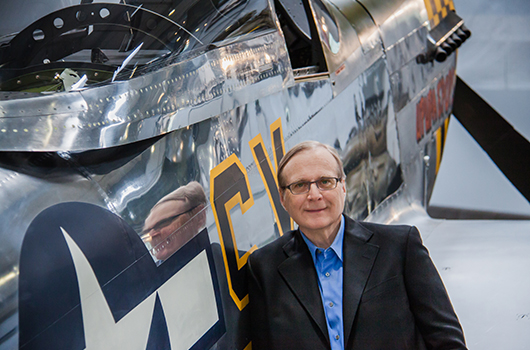
The aircraft, vehicles, and artifacts in the Flying Heritage & Combat Armor Museum are a testament to the era’s engineering skill and humanity’s spirit during the world conflicts of the 20th century.
.jpg)
The collection's P-51 Mustang was restored to almost exactly as it was when it flew in air-to-air combat during WWII. Photo by John Dibbs.
Another uniquely experiential venue was Living Computers: Museum + Labs. It houses the world’s largest collection of historic operating computers. Paul first got the idea in 1997 when he purchased a TOAD-1 System from XKL Systems Corporation (now XKL LLC), an engineering firm in Redmond, Washington. From there, his collection continued to grow rapidly, and he realized he needed to share it. Just as having access to very early computers ignited his passion for programming and eventually his co-founding of Microsoft, Paul believed others would learn and take inspiration from experiencing these historic machines, which were cutting-edge in their day.
The Living Computers museum celebrated computing technology from the past and future.

The Living Computers museum celebrated computing technology from the past and future.
